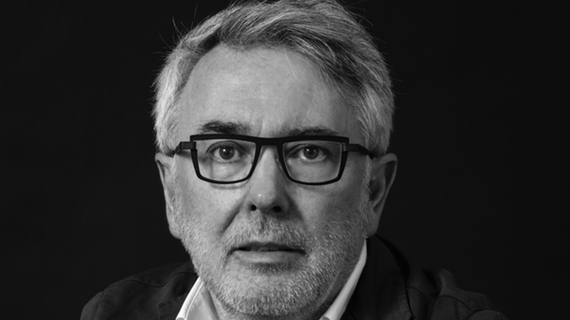José Maria Suarez Feito
Occlusion, the inseparable ally of aesthetics in the minimally invasive rehabilitation of advanced dental wear

- Graduate in Medicine and Surgery. University of Oviedo
- PhD in Medicine and Surgery. University of Oviedo
- Specialist in Stomatology. University of Oviedo
- Member of the Prosthodontics University of Washington, Seattle
- Master’s degree, in Clinical Dentistry in Prosthodontics by the University of London. King’s College
- Master’s degree in Operative and Dental Aesthetics. International University of Catalonia
- Professor of the Master of Periodontology of the University of Oviedo
- Visiting Professor of the Master of Aesthetics of the International University of Catalonia
- Author and co-author of articles recently published in national and international journals
- Director of Dawson Academy Spain
- Private practice of Prosthodontics and Dental Aesthetics in Oviedo
Nationality: Spain
Scientific areas: Occlusion
15 of november, from 14h30 until 19h00
Auditório D
Conference summary
Patients with dental wear, who simply seek an aesthetic improvement through conservative procedures, without having the clear awareness of the existence of functional and underlying problems that may complicate the treatment, if ignored by the dentist restorer.
Although, currently, the evolution of dental techniques and dental materials allows the aesthetic and functional rehabilitation of the lost dental structure through a minimally invasive perspective, changes in occlusion caused by such wear should also be considered. Therefore, besides knowing the basis of adhesion, the indications of the different restorative materials and the design of a new smile, it is also essential to take into account the basic principles that will allow the restoration of a new occlusal scheme in this type of clinical situations.
The objective of our presentation will be to show a simplified protocol based on the evidence that will allow to create a new occlusal scheme that contributes to a better distribution of forces in this type of minimally invasive restorations. As aspects such as condilar position (Centric Relationship), restorative space (Vertical Dimension), type of occlusal contacts, anterior guidance (“Envelope of function”), Mock-up transition (Aesthetics and Function) and simplified use of articulators will be discussed in depth.